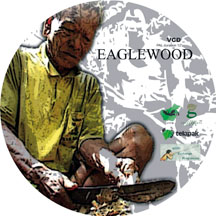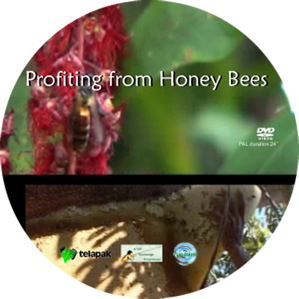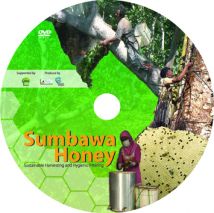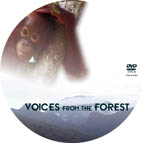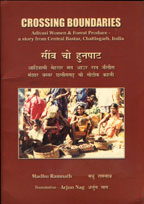An introduction to and a description of the time-tested, traditional rattan planting techniques of the Dayak of East Kalimantan.
This informational booklet was prepared by friends of the Dayak Benuaq people, SHK-Kaltim or Community Forest Management in East Kalimantan. Traditional rattan planting techniques have been practised by indigenous peoples in East Kalimantan for centuries. This system, sometimes referred to as kebun rotan or rattan garden, presents hope for rattan generation in other parts of the world. Few such customary techniques exist despite the declining global supply of rattan and the existing growing demand for rattan products.
The booklet is published in Indonesian and Tagalog (Filipino) so that farmers may be equipped with an instructional material on rattan regeneration techniques. The English version manual caters mainly to policy makers as well as English-speaking field workers interested in the system.
Policy makers are a target audience for the booklet since government programs in Indonesia have not been favourable in maintaining such traditional planting techniques. Logging, mining and vast plantations are prominent components of government projects for rural development. Sadly, such external development initiatives often mean the displacement of peoples and the end of their sustainable resource management practices. This booklet is a medium to present the alternative traditional Dayak system of forest management, which can address multiple goals of subsistence, income generation and forest enhancement.
This booklet is a concrete output of exchange visits conducted in 1999 where Tagbanua from Palawan, Philippines learned of the value of rattan planting systems in Kalimantan and then returned home to Palawan to test out the same system. A booklet was then conceptualised to expand further the reach, application or adaptation of such a system.
Also available in:
• Tagalog (Filipino): Uway Para sa Buhay. Ang pamamaraan ng katutubong Dayak Benuaq tungkol sa pagtatanim ng uway
• Bahasa Indonesia: Rotan untuk Kehidupan. Pengalaman Berkebun Rotan Dayak Benuaq
Intellectual property rights remain with the Dayak Benuaq people, that entrusted SHK-Kalimantan Timur with documenting their traditional practice. Copyright remains with SHK-Kaltim, NTFP Exchange Programme for South and Southeast Asia, and Studio Driya Media Bandung.
Published 2001. 42 pages, paperbound with black and white illustrations
Limited copies (all languages) still available. English and Tagalog versions available in PDF format upon request.

